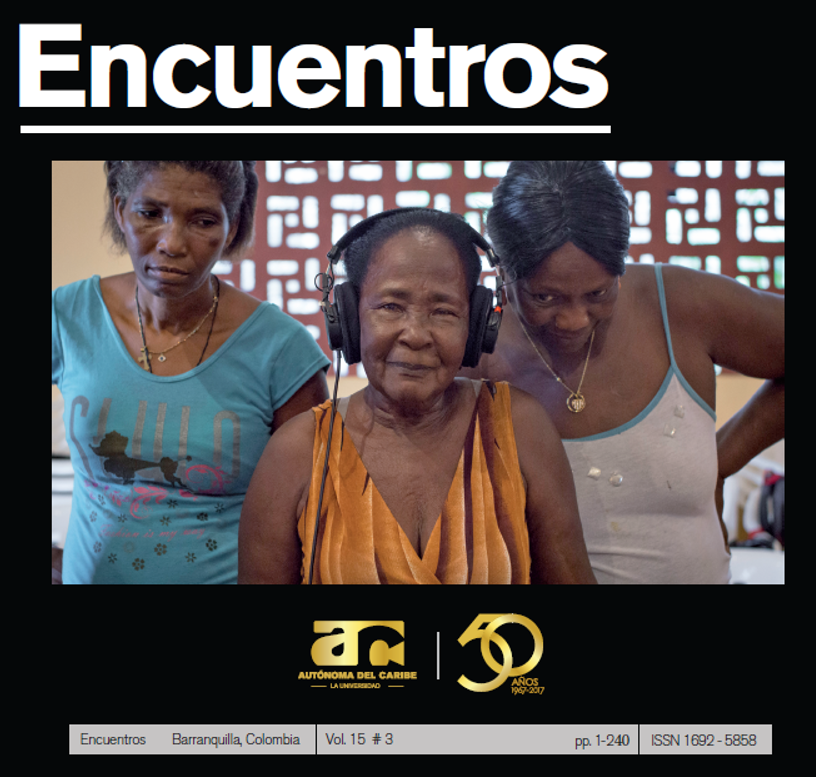La cumbia en el carnaval de Barranquilla: construcción de un metarrelato
DOI:
https://doi.org/10.15665/re.v15i3.1097Keywords:
Cumbia, caña de millo, músicas folclóricas, músicas tradicionales, Carnaval de Barranquilla.Abstract
En este artículo abordaremos los distintos significados, discursos y construcciones de sentidos que se han creado acerca de la Cumbia en Colombia, y cómo esto se ha articulado en el Carnaval de Barranquilla a través de su ejecución por parte del conjunto de caña de millo. En una breve introducción presentamos la importancia del tema; dos conceptos básicos: las cumbiambas y el conjunto de caña de millo; y enunciamos los principales discursos que se han construido alrededor de la cumbia y que conforman su metarrelato. Luego evidenciamos los diferentes usos del término cumbia, en donde explicamos sus distintas acepciones y las confusiones que esto ha generado y continúa generando. Luego, a partir de su polisemia, exponemos los sentidos que se han tejido en torno a sus múltiples significados, develando sus intereses y construcciones históricas, lo que nos conduce a la deconstrucción del gran metarrelato de la cumbia, el baile de cumbia y la caña de millo como la principal tradición y símbolo de identidad dentro del Carnaval de Barranquilla.
Downloads
Published
How to Cite
Issue
Section
License
Proposed Policy for Open Access Journals
Authors who publish in this journal agree to the following terms:
- Authors retain copyright and grant the journal the right of first publication, with the work registered under a Creative Commons Attribution License, which allows others to use the published work as long as the authorship and first publication in this journal are acknowledged.
- Authors can enter into additional contractual agreements for the non-exclusive distribution of the published version of the article (e.g., include it in an institutional repository or publish it in a book) as long as the first publication in this journal is acknowledged.
- Authors are allowed and encouraged to post their work online (e.g., on institutional or personal websites) before and during the submission process, as this can lead to productive exchanges and a greater and faster dissemination of the published work (see The Effect of Open Access).


